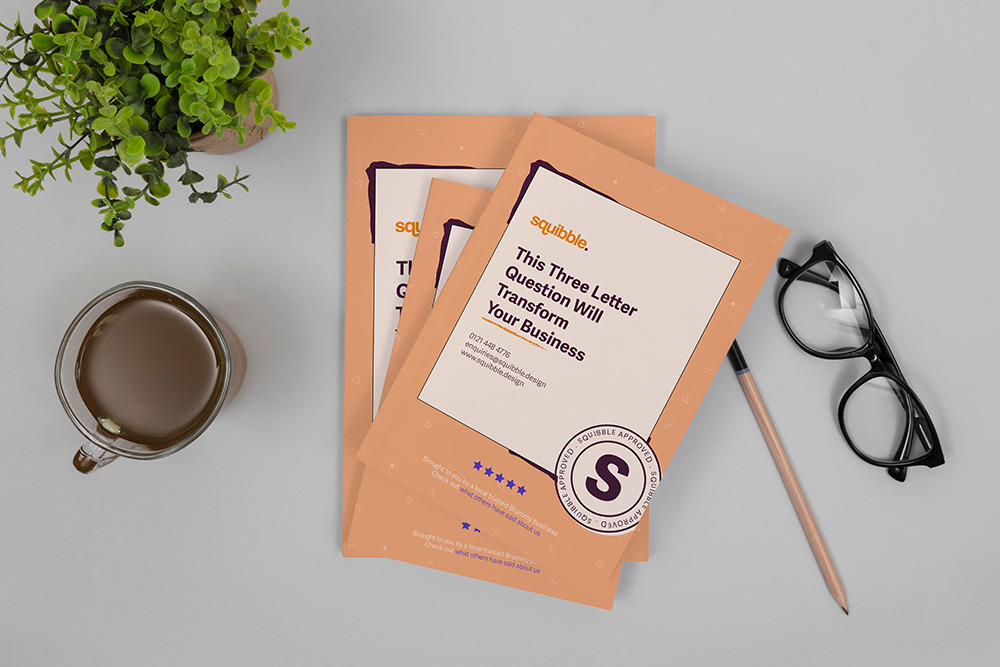What does “good” packaging mean, though? You can read another of our blogs on this topic to get more of a deep dive into what makes for effective packaging design; but in case you’re still not onboard with the idea that packaging really is as important as we’re saying it is, stick around here a little while longer.
It’s not an exaggeration to say that packaging is just as important as your logo and brand. It might seem like a second-order element – an item created as an outgrowth of a brand – but actually product packaging is so integral to what a product is and how it appeals to audiences that a good brand is built around a good package – and vice versa.
Obviously good packaging protects and contains an item – no amount of aesthetic appreciation will make up for a box or a blister that doesn’t do this basic first-order job. But let’s take that for granted – as your customer will – and move on from functionality to form.
Why The Package Is So Important
Once a project has been protected from damage or spoilage both in transit and on the shelf, packaging begins to fulfil its other critical function: appealing to potential customers.
Packaging is so important because in the retail space the box a product comes in is one of the primary ways in which a customer interacts with it prior to sale. Indeed, in many cases the packaging is the first impression a potential consumer will have of the product. In other cases still, it’s job will be literally to stop the customer in their tracks as they stroll around a store or flick through an online catalogue.
We keep using this word ‘box’, but think of this as a placeholder for whatever shape is arrived at by designers. A good package almost certainly doesn’t have to be a cube – and it probably shouldn’t be. Think of the variety of bottle shapes, and how their shape denotes the product: making a package something worth exploring in itself – so-called “innovative package design” – is crucial.
According to one study, almost a third of product purchasing decisions are based on packaging – and two-thirds of all consumers say that at some point they have made a product decision on the basis of the “box”. This isn’t just a bricks-and-mortar issue, either: in another survey, 52% of online shoppers say that they’d shop again with a business if their product arrives in premium packaging.

That’s what makes product packaging so crucial: sales. Business that give packaging the attention it deserves report a 30% increase in consumer interest. Some analyses have shown that packaging results in a greater ROI than any other form of marketing or advertising. Packaging matters because it drives consumer decision-making.
All this is why we spend so much time at Squibble helping our clients make the right packaging design choices. Drop us a line to discuss the process and how we make sure your packaging is box-clever. (We promise we won’t make that pun again.) The long and short of it? Good packaging equals better sales. And that’s why packaging design is so important.
Related Posts

Brand evolution – why branding is important in marketing design.
We were sitting in the office last week discussing the Boots branding and why it had never been updated. It got me wondering and I wanted to explore its history and evolution. Boots is one of Britain’s best loved brands. Built on 170 years of heritage, the Boots brand has evolved from a small herbalist … Read more
User Experience vs User Interface
User Experience vs User Interface Dropping the terms UX or UI into a casual conversation is a surefire way to stop it in its tracks, but if you’re a business owner, you ignore these two design principals at your peril. User experience (UX) and user interface (UI) design are critical components of successful digital product … Read more
How to Build Brand Consistency into Your Digital Design
From managing budgets to researching competitors, marketing managers do it all. With so much on your plate, it’s easy to forget the basics, but brand consistency should never be overlooked. According to the 2022 Consumer Research Report, companies with established brand consistency could expect customers to pay a whopping 46% more for a brand they … Read more


